FlutterFlow Custom Code - Custom Code Integration
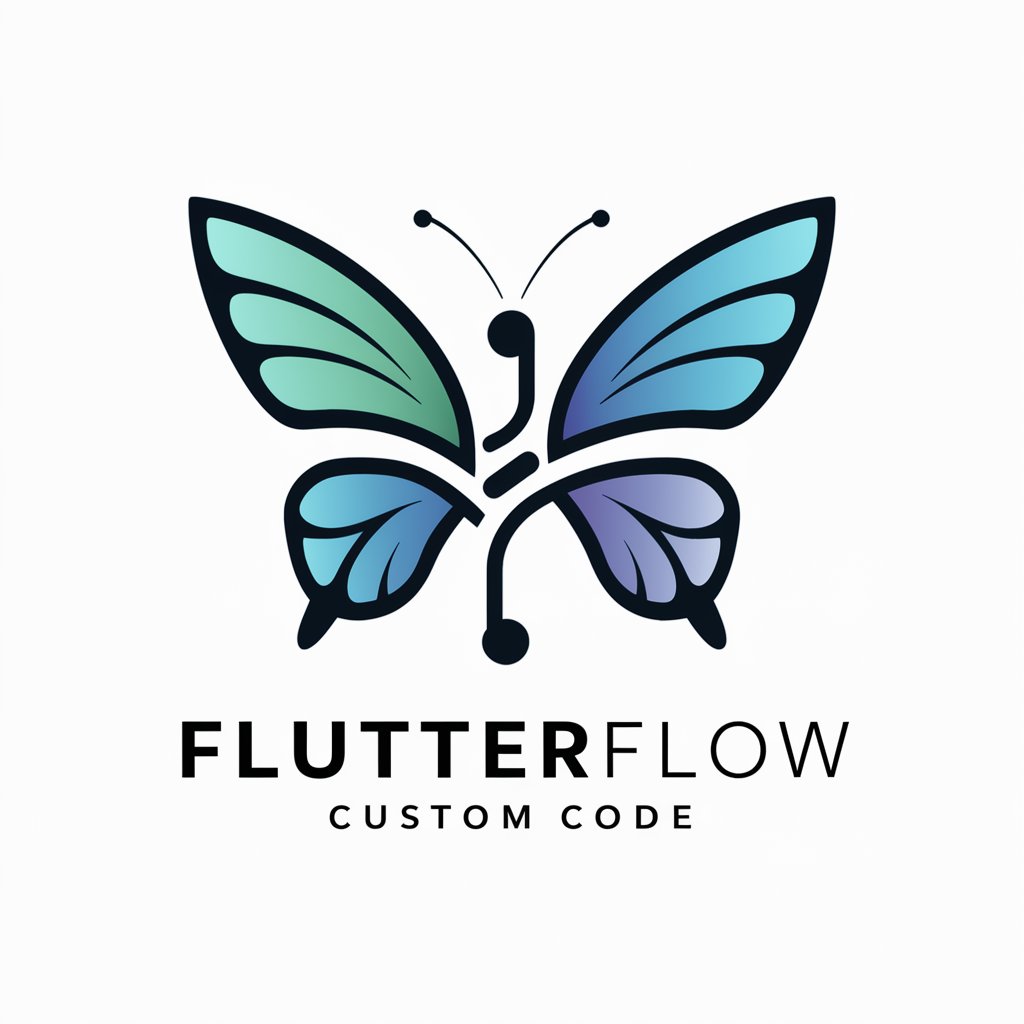
Welcome to FlutterFlow Custom Code support!
Empower your apps with AI-driven code
Create a function that integrates a third-party package for FlutterFlow...
Develop a custom widget in FlutterFlow that...
Write Dart code to handle user authentication in FlutterFlow...
Design an action in FlutterFlow that performs a specific task using...
Get Embed Code
Introduction to FlutterFlow Custom Code
FlutterFlow Custom Code allows developers to extend the built-in functionality of FlutterFlow by incorporating Dart-based custom code directly into their applications. This feature enhances flexibility and empowers developers to create bespoke logic, integrate third-party packages, and achieve functionalities beyond what default widgets offer. For instance, a developer might require a feature not readily available in the core widget library, such as a custom charting tool or advanced data manipulation. With Custom Code, they can write and import tailored Dart code, seamlessly integrating these features with FlutterFlow’s visual development environment. Powered by ChatGPT-4o。

Main Functions of FlutterFlow Custom Code
Custom Widgets
Example
A weather app that requires a unique, animated weather icon.
Scenario
A developer can use Custom Code to build a specialized widget that fetches current weather data from an API and displays animated icons representing different weather conditions. This widget can then be used across multiple screens, enhancing the app's user experience.
Custom Actions
Example
Adding two-factor authentication to a login process.
Scenario
A developer can write custom Dart functions that interface with a two-factor authentication (2FA) service, enabling secure user authentication. This allows developers to implement advanced security features directly into their app's authentication flow.
Third-Party Package Integration
Example
Using a specialized image processing library for advanced editing.
Scenario
A photography app could leverage third-party libraries like 'image' or 'image_editor_pro' to apply filters, crop, or enhance photos. This integration is achieved through Custom Code, enabling the developer to offer a more powerful editing suite within the app.
Ideal Users of FlutterFlow Custom Code
Advanced Developers
Experienced developers familiar with Dart who need to implement complex logic or components beyond what FlutterFlow's visual tools provide. They can benefit by seamlessly merging their advanced code with visual features, boosting productivity.
Product Teams
Teams looking to build innovative features quickly. They can leverage FlutterFlow’s speed while customizing their applications with unique interactions and third-party integrations using Custom Code.
Technical Entrepreneurs
Entrepreneurs needing rapid MVP development can use FlutterFlow Custom Code to distinguish their app by adding features specific to their market niche or technical requirements, gaining an edge over generic solutions.

Using FlutterFlow Custom Code
Visit yeschat.ai
Initiate your journey by accessing yeschat.ai for a free trial; no sign-up or ChatGPT Plus subscription required.
Explore tutorials
After signing in, navigate to the tutorials section to understand how to integrate custom code into your FlutterFlow projects.
Set up your environment
Ensure that you have Flutter installed on your machine along with any necessary IDEs like VS Code or Android Studio to test and deploy your code.
Implement custom code
Use the custom code editor in FlutterFlow to write or paste your Dart code directly into your project for enhanced functionality.
Test and deploy
Utilize the built-in emulator in FlutterFlow or your own device to test the app. Debug as necessary before finalizing your project for deployment.
Try other advanced and practical GPTs
CyberGuardian
Empowering Cybersecurity with AI

Mario
Translate Seamlessly with AI
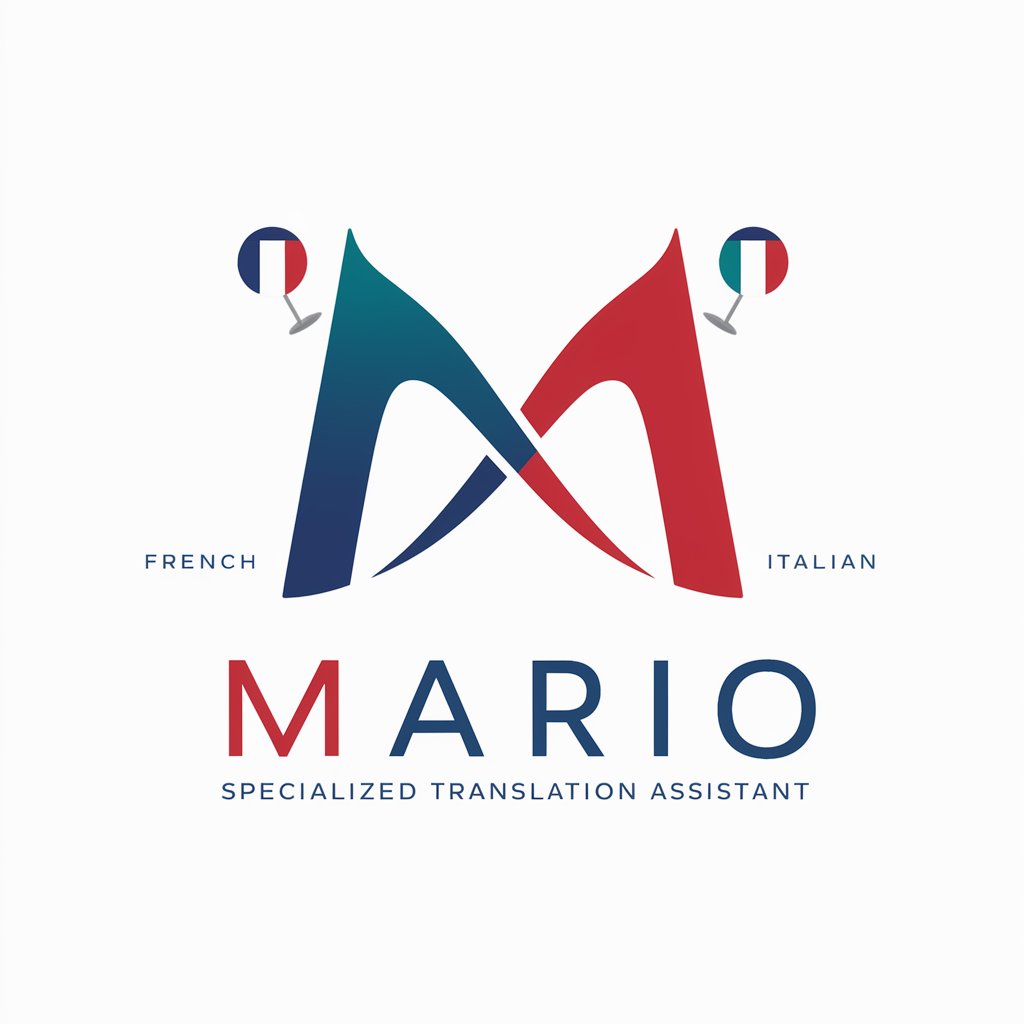
Email Composer
Effortless Email Automation
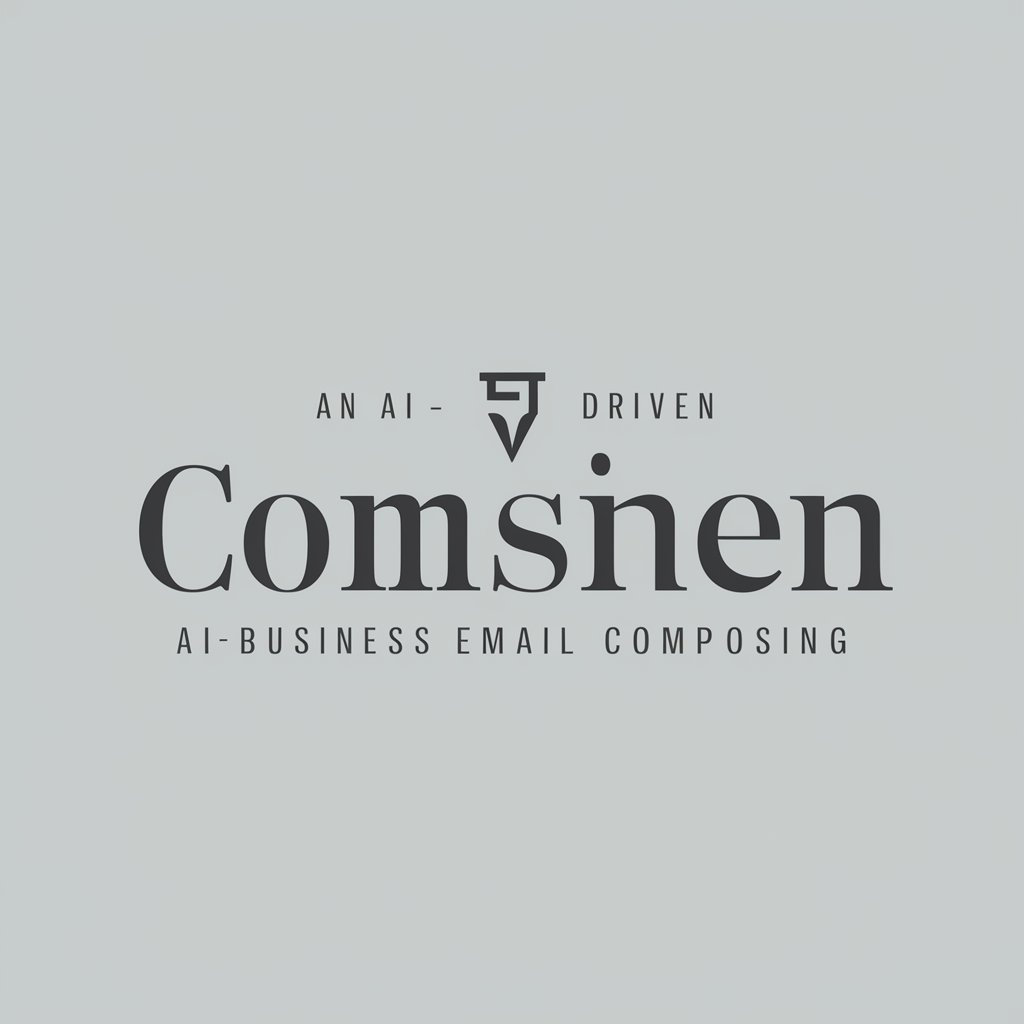
Grammar is Life
Enhance Your Writing with AI

Word Tailor
Tailoring Your Words with AI Precision

Arty
Visualizing Art with AI

Bakery Recipe Creator
AI bakery recipes and analysis made simple.

Nifty Raven
Streamlining Blockchain Interactions
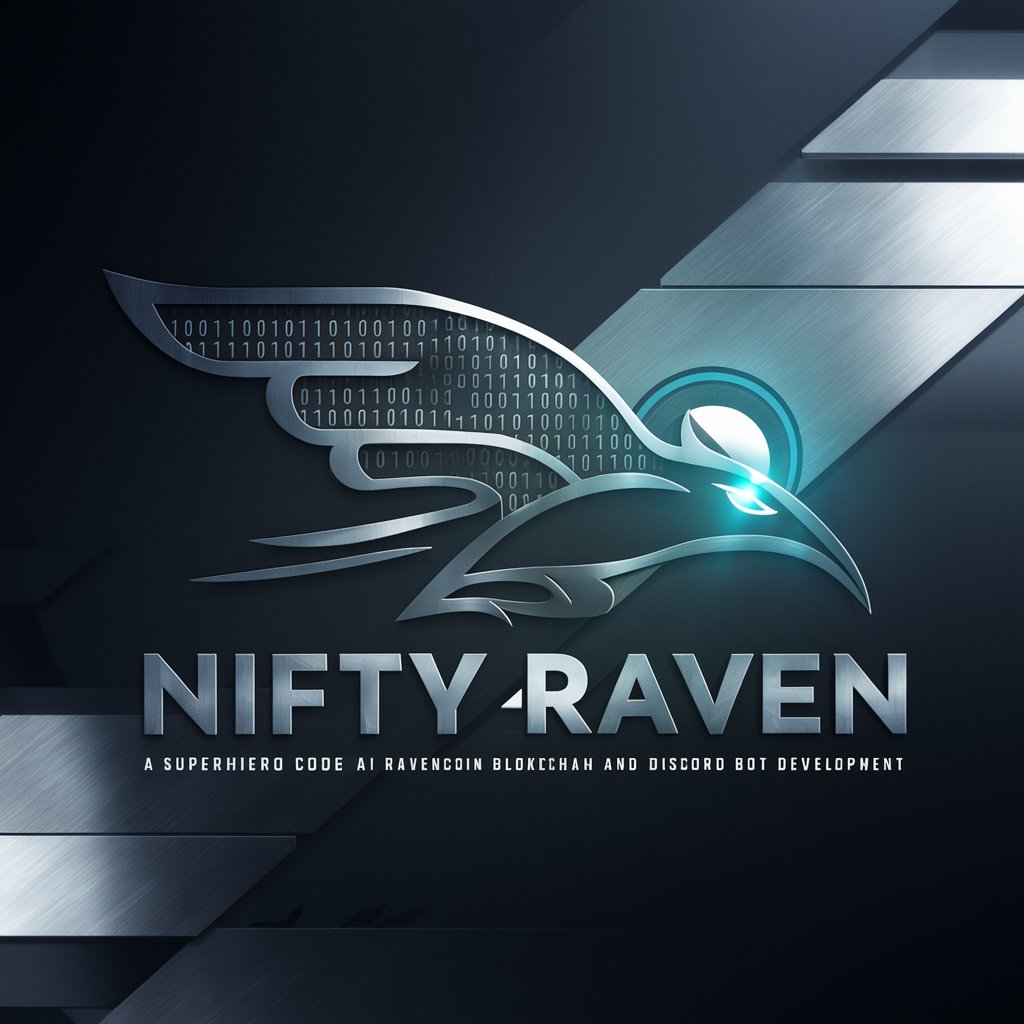
SmurfGPT
Smurfing Language, Enhanced by AI!
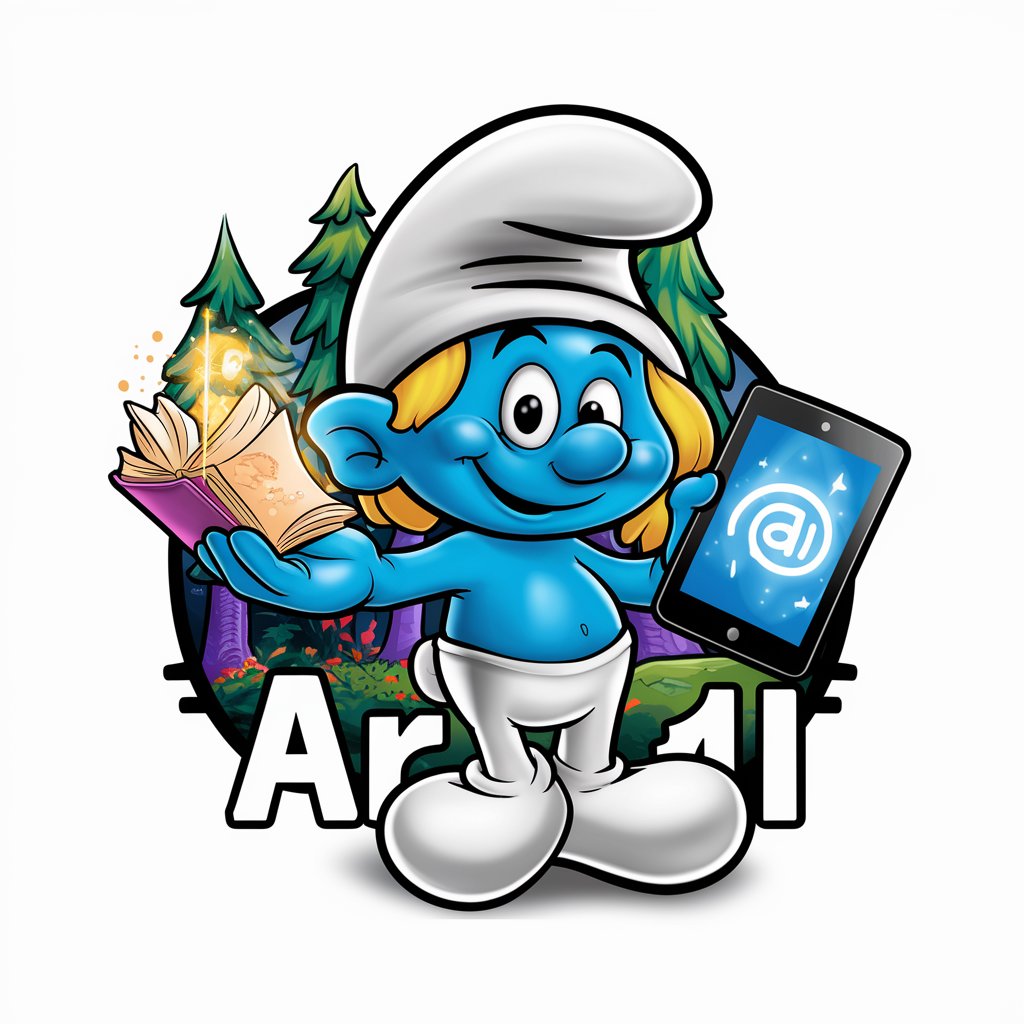
Estrategista de Mídia Social
Empower Your Brand with AI-Driven Social Media Strategy

Django gpt
AI-powered Django Development Companion
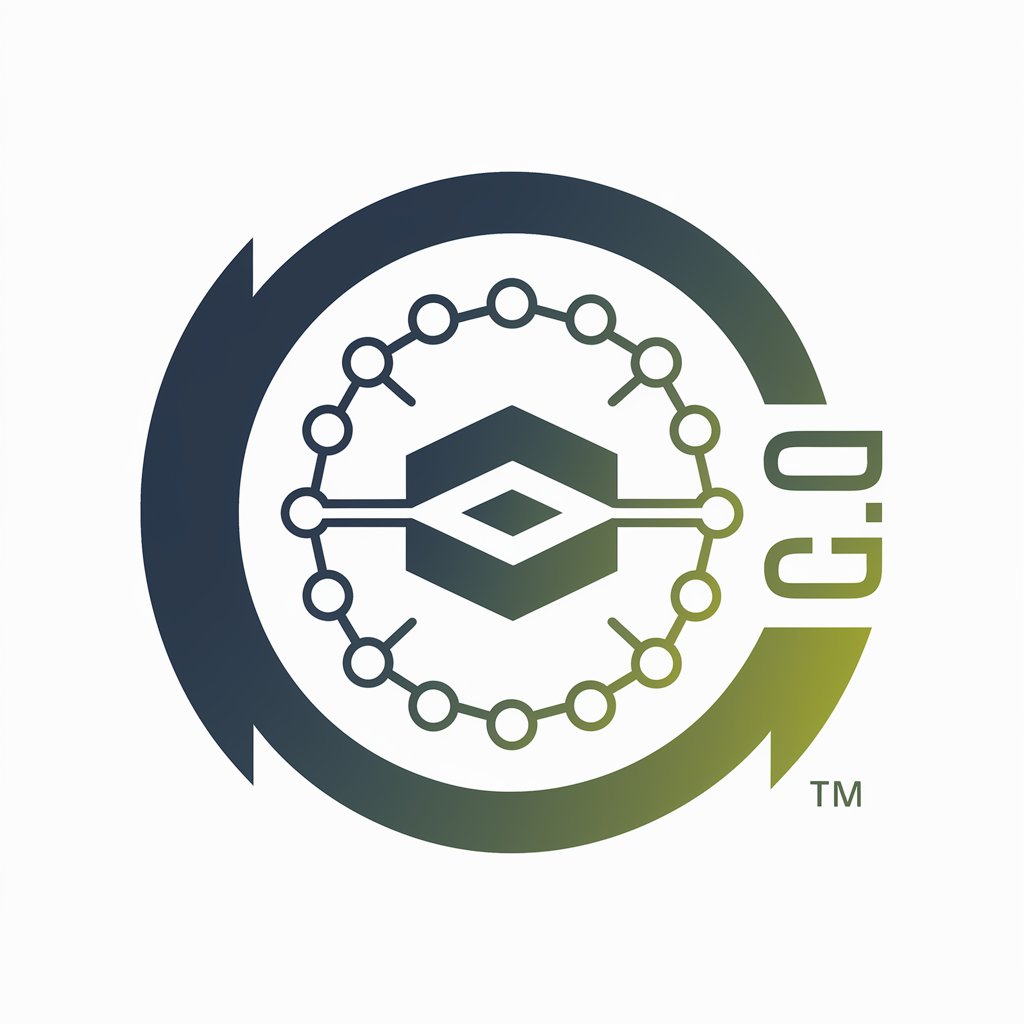
SN-Sage
Enhancing ServiceNow with AI-driven insights

FlutterFlow Custom Code FAQs
What is FlutterFlow Custom Code?
FlutterFlow Custom Code allows users to integrate bespoke Dart code directly into their FlutterFlow projects, enabling more complex functionalities beyond the standard drag-and-drop features.
Can I use external libraries with FlutterFlow Custom Code?
Yes, you can import and use external Dart libraries in your custom code. Make sure to manage dependencies properly within FlutterFlow's environment.
How does custom code enhance my FlutterFlow projects?
Custom code can significantly enhance your FlutterFlow projects by enabling personalized logic, complex data operations, and integration with external APIs, providing a tailored app experience.
What are the best practices for writing custom code in FlutterFlow?
Best practices include keeping your code modular, documenting it thoroughly, testing regularly during development, and ensuring compatibility with existing FlutterFlow components.
Are there any limitations I should be aware of when using custom code in FlutterFlow?
While custom code unlocks greater functionality, it's important to be aware of performance impacts. Ensure your code is efficient and does not consume excessive system resources.
